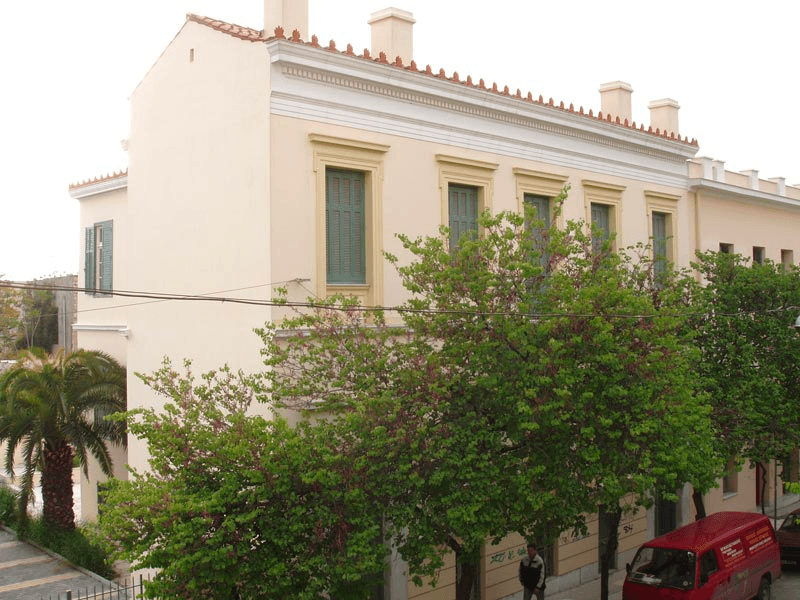Discovering the Political Exile Museums in Athens
Learn more about the side of Greece that is usually overlooked
Athens effortlessly conjures images of the magnificent Acropolis, but this captivating city boasts an abundance of cultural treasures waiting to be unearthed. Amidst its vibrant tapestry, an often overlooked gem that languishes in the Keramikos neighborhood are the Political Exile Museums dedicated to the political exiles imprisoned on the Greek islands.
Brief History
Throughout history, Greece has witnessed periods of political turmoil and repression, leading to the exile of dissidents, activists, and opposition figures. From the 1920s to 1970s, many of the Greek islands were used at different times to imprison and house these exiles. These individuals, without being tried or charged for a specific charge, were stripped of their rights and freedoms, are forced to leave behind their homes, families, and communities.
Some of the old exiles wanted to create a space to display and share about this particular period of political history, focusing on the exile and political persecutions. This led to the establishment of the political exile museums in Athens.
Political Exile Museums
There are not one — but two — such museums in Athens: namely the Makronissos Museum and the Ai Stratis Political Exile Museum. As their names suggest, the museums are dedicated to showcasing the lives of those who were exiled to the islands of Makronissos and Ai Stratis respectively.
Makronissos is one of the most notorious sites for being a political prison and concentration camp, having housed exiles from 1947 to 1961. On the other hand, Ai Stratis is the island with the longest stay of exiles, having had prisoners from 1926 - 1963.
These museums are a sobering reminder of the dark period of Greek history when political exile was used as a tool of repression. However, it is also a testament to the resilience of the human spirit.

In the museums, you will be able to find photographs, letters, and newspaper clippings that provide a historical context for the museum's exhibits. The museums also showcases exhibits that reveals hints of the harsh lives endured by the prisoners on the islands.

But beyond these, there are also a range of exhibits including sketches, artworks, and handicrafts made by the exiles and prisoners during that period of time. These objects express not only the need of exiles and prisoners to survive through the sale of these artworks and handicrafts, but also the desire to communicate their feelings both to their own people and to the outside world. These exhibits are a good reflection of how political exiles were able to create art, music, and literature even under the most difficult circumstances.
You will also be able to see household items, uniforms, and other personal items of the prisoners on display, giving you a peek into the lives of the exiled.
Visiting Tips
The two political exile museums are relatively small museums. But while there may not be a huge collection of exhibits, the exhibits are very interesting and provide good insights to a side of Greece that is often overlooked by visitors.

Both museums are located just next to each other at 31 Agion Asomaton Street, just round the corner of the Benaki Museum of Islamic Art. The museums have a very unassuming exterior that looks just like a residence, so it might be easy to miss them!
The exhibits and write-ups in the museums are in Greek. It will be best if you could read the language, but if you can't, get ready your Google Translate app to help you understand the exhibits better.
Spend some time speaking to the owners of the museums; they will be able to share very interesting and detailed stories behind the exhibits, elevating your overall experience.
The museums have relatively short opening hours, so you may want to time your visit accordingly.